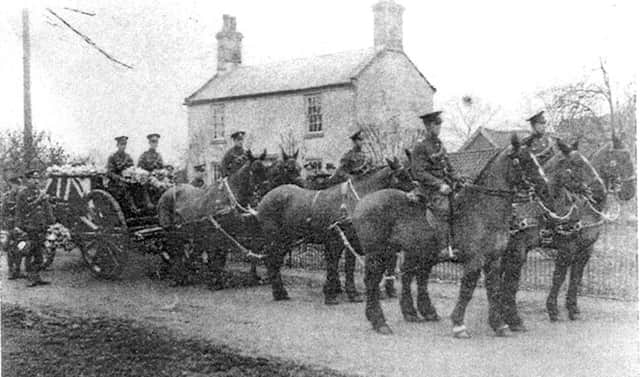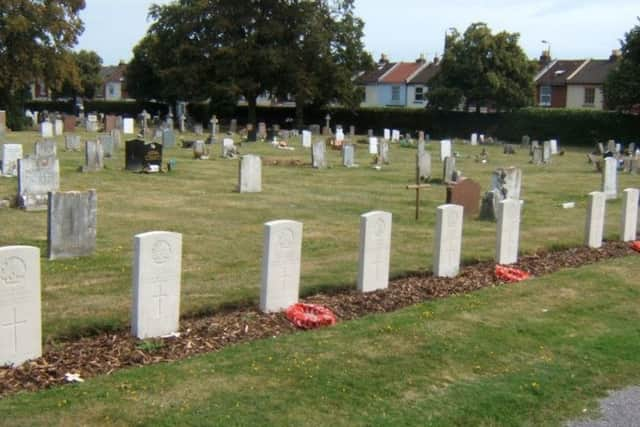So much work burying the dead, they avoided the front


It also takes charge of individual graves as well and you might have seen several from the First World War in Kingston, Milton and Highland Road cemeteries in Portsmouth.
Most of these were men who were brought home wounded and died of their injuries. Many headstones have the date 1919 on them – the year the war officially ended, although the armistice was signed in 1918.
Advertisement
Hide AdAdvertisement
Hide AdA new book, The Undertaker at Work 1900-1950 by Brian Parsons, gives an insight to a subject rarely spoken about.


With the Battle of the Somme anniversary just beginning, this book has many facts for the military historian. For instance, men who worked in that industry were classified as being in reserved occupations.
When the war started in August 1914 appeals were made for volunteers to join the army and after legislation in January 1916 conscription required all unmarried men or widowers without dependent children and aged between 19 and 41 to join up.
But the owners of undertakers appealed to tribunals not to take their best men and it was not until the war was all but over that the British Undertakers’ Association finally received notice that various jobs would become reserved occupations. These included: a man wholly employed as a coffin maker, as coachman or chauffeur or attendant; woodwork machinist; a worker in public cemeteries and a gravedigger.
Advertisement
Hide AdAdvertisement
Hide AdThe war restricted the import of black horses from Flanders that were used at funerals. By the middle of the war motor hearses were becoming the new form of funeral transport.


Military funerals usually had six or eight bearers and the coffin was carried on a gun carriage to the final resting place.
While thousands were being killed abroad, mass funerals were not unknown at home. At Silvertown in east London a blast that was heard 100 miles away resulted in the deaths of 73 people. On January 19, 1917, a munitions factory caught fire and ignited 50 tons of TNT. The fire was visible for 30 miles.
Most mass graves in the Portsmouth area are located in Kingston Cemetery and were the result of the blitz on the city on the night of January 10/11, 1941.
The book is sombre, but makes superb reading if military funerals are your interest. It can be obtained from brianparsons.org.uk.